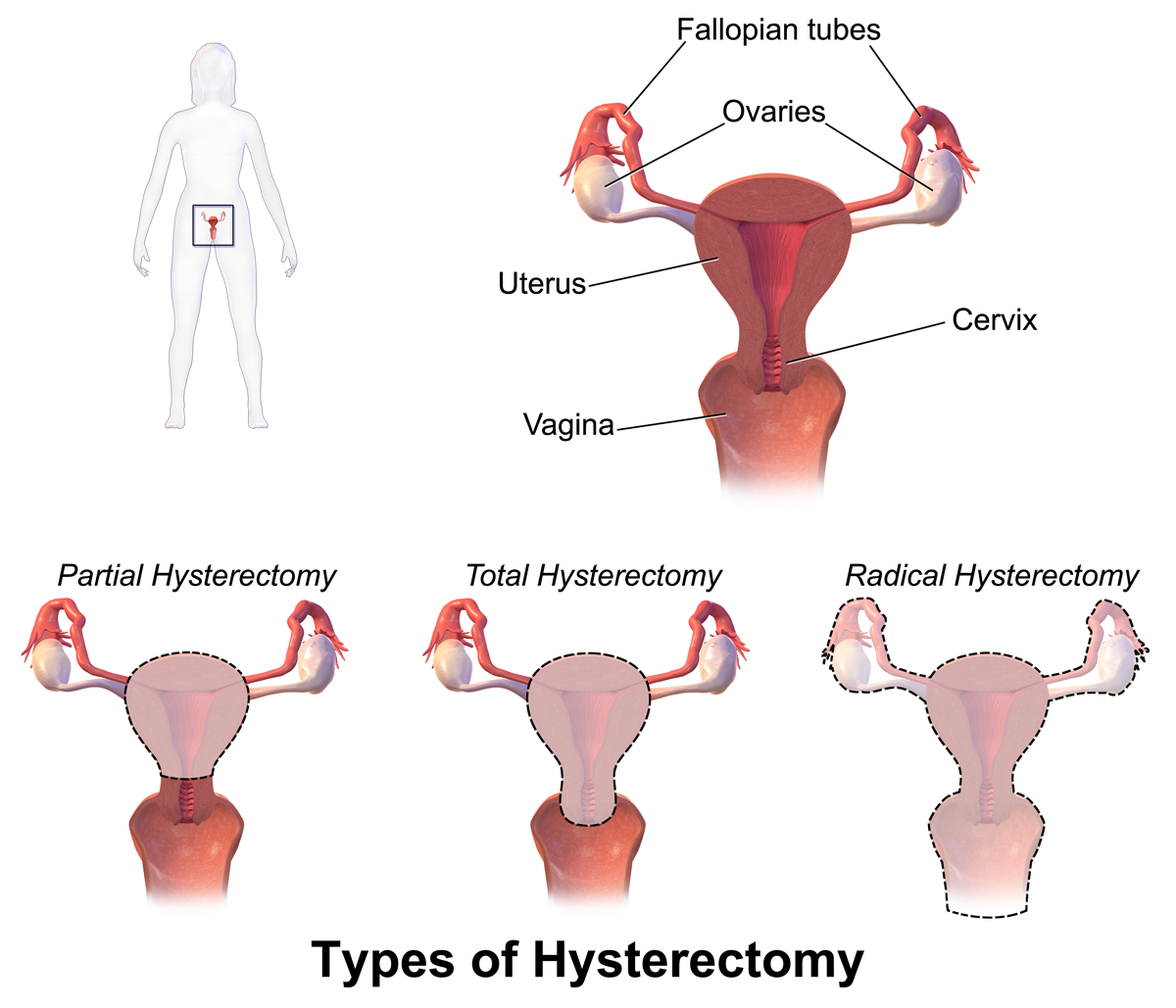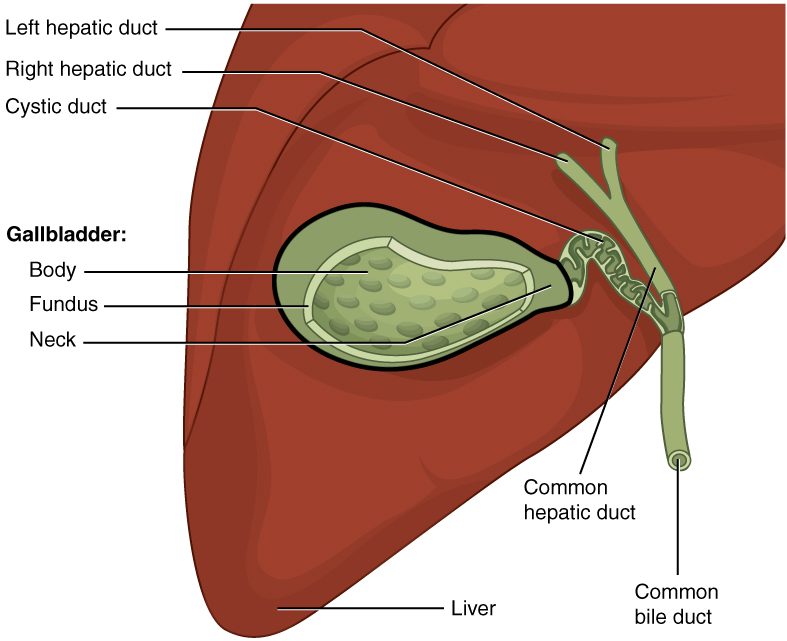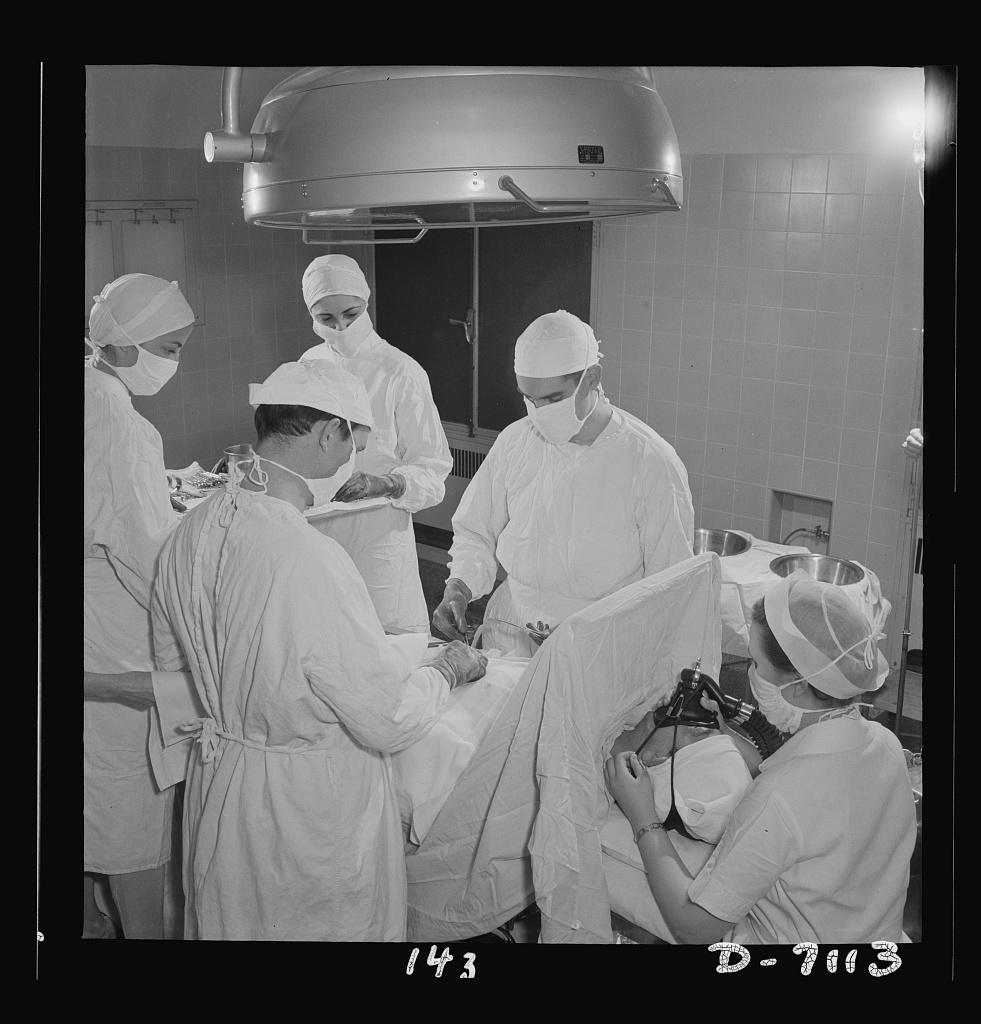|
Single Incision Laparoscopic Surgery
Single-port laparoscopy (SPL) is a recently developed technique in laparoscopic surgery. It is a minimally invasive surgical procedure in which the surgeon operates almost exclusively through a single entry point, typically the patient's navel. Unlike a traditional multi-port laparoscopic approach, SPL leaves only a single small scar. Technique, equipment and training SPL is accomplished through a single 20 mm incision in the navel (umbilicus or belly button), or through only an 11 mm incision in the navel, minimizing the scarring and incisional pain associated with the multiple points of entry used during traditional laparoscopic surgery. Specialized equipment for SPL surgery falls into two broad categories; access ports and hand instruments. There are a number of different access ports, including GelPOINT system from Applied Medical, the SILS device from Covidien, the TriPort+, TriPort15 and QuadPort+ a from Advanced Surgical Concepts and the Uni-X from Pnavel. Hand in ... [...More Info...] [...Related Items...] OR: [Wikipedia] [Google] [Baidu] |
SILS Gastric Banding
Single-incision laparoscopic surgery (SILS) is an advanced, minimally invasive (keyhole) procedure in which the surgeon operates almost exclusively through a single entry point, typically the patient's umbilicus (navel). Special articulating instruments and access ports eliminate the need to place trochars externally for triangulation, thus allowing the creation of a small, solitary portal of entry into the abdomen. SILS has been used for several common surgical procedures including hernia repair, cholecystectomy and nephrectomy. The SILS technique has also been used in weight-loss surgery for both sleeve gastrectomy and – more recently – for laparoscopic adjustable gastric banding (LAGB). __TOC__ The adjustable gastric band The development of the adjustable gastric band in the mid-1980s was a watershed in the treatment of obesity. The father of the gastric band is generally agreed to have been Lubomyr Kuzmak (1929–2006), a Ukrainian born surgeon who had emigrated to the ... [...More Info...] [...Related Items...] OR: [Wikipedia] [Google] [Baidu] |
Colectomy
Colectomy (''wikt:colo-#Prefix, col-'' + ''wikt:-ectomy#Suffix, -ectomy'') is the surgical removal of any extent of the Large intestine#Structure, colon, the longest portion of the large bowel. Colectomy may be performed for prophylactic, curative, or palliative reasons. Indications include cancer, infection, infarction, perforation, and impaired function of the colon. Colectomy may be performed Laparotomy, open, Laparoscopy, laparoscopically, or Robot-assisted surgery, robotically. Following removal of the bowel segment, the surgeon may restore continuity of the bowel or create a colostomy. Partial or subtotal colectomy refers to removing a portion of the colon, while total colectomy involves the removal of the entire colon. Complications of colectomy include anastomotic leak, bleeding, infection, and damage to surrounding structures. Indications Common indications for colectomy include: * Colon cancer, Colorectal cancer * Colorectal polyp, Colon polyps not amenable to removal b ... [...More Info...] [...Related Items...] OR: [Wikipedia] [Google] [Baidu] |
Endoscopy
An endoscopy is a procedure used in medicine to look inside the body. The endoscopy procedure uses an endoscope to examine the interior of a hollow organ or cavity of the body. Unlike many other medical imaging techniques, endoscopes are inserted directly into the organ. There are many types of endoscopies. Depending on the site in the body and type of procedure, an endoscopy may be performed by a doctor or a surgeon. During the procedure, a patient may be fully conscious or anaesthesia, anaesthetised. Most often, the term ''endoscopy'' is used to refer to an examination of the upper part of the human gastrointestinal tract, gastrointestinal tract, known as an esophagogastroduodenoscopy. Similar instruments are called borescopes for nonmedical use. History Adolf Kussmaul was fascinated by sword swallowers who would insert a sword down their throat without gagging. This drew inspiration to insert a hollow tube for observation; the next problem to solve was how to shine light th ... [...More Info...] [...Related Items...] OR: [Wikipedia] [Google] [Baidu] |
Natural Orifice Translumenal Endoscopic Surgery
Natural orifice transluminal endoscopic surgery (NOTES) is a surgical technique whereby "scarless" abdominal operations can be performed with an endoscope passed through a natural orifice (mouth, urethra, anus, vagina, etc.) then through an internal incision in the stomach, vagina, bladder or colon, thus avoiding any external incisions or scars. Memic's hominis robotic system is the first and only FDA-authorized surgical robotic platform for NOTES procedures. The system is currently at use for transvaginal hysterectomies through the rectouterine pouch - the removal of the uterus, along with one or both of the fallopian tubes and ovaries, in cases where there is no cancer present, as well as with the removal of ovarian cysts See also * Single port laparoscopy Single-port laparoscopy (SPL) is a recently developed technique in laparoscopic surgery. It is a minimally invasive surgical procedure in which the surgeon operates almost exclusively through a single entry point, ty ... [...More Info...] [...Related Items...] OR: [Wikipedia] [Google] [Baidu] |
Cleveland Clinic
Cleveland Clinic is an American Nonprofit organization, nonprofit Academic health science center, academic Medical centers in the United States, medical center based in Cleveland, Ohio. Owned and operated by the Cleveland Clinic Foundation, an Ohio nonprofit corporation, Cleveland Clinic was founded in 1921 by a group of faculty and alumni from the Case Western Reserve University School of Medicine. The Clinic runs a main campus in Cleveland, as well as 15 affiliated hospitals, 20 family health centers in Northeast Ohio, 5 affiliated hospitals in Florida, and cancer center in Nevada. International operations include the Cleveland Clinic Abu Dhabi hospital in the United Arab Emirates and Cleveland Clinic Canada, which has two executive health and sports medicine clinics in Toronto."Facts & Figures" Cleveland Clini ... [...More Info...] [...Related Items...] OR: [Wikipedia] [Google] [Baidu] |
Sacrocolpopexy
Uterine prolapse is a form of pelvic organ prolapse in which the uterus and a portion of the upper vagina protrude into the vaginal canal and, in severe cases, through the opening of the vagina. It is most often caused by injury or damage to structures that hold the uterus in place within the pelvic cavity. Symptoms may include vaginal fullness, pain with sexual intercourse, difficulty urinating, and urinary incontinence. Risk factors include older age, pregnancy, vaginal childbirth, obesity, chronic constipation, and chronic cough. Prevalence, based on physical exam alone, is estimated to be approximately 14%. Diagnosis is based on a symptom history and physical examination, including pelvic examination. Preventive efforts include managing medical risk factors, such as chronic lung conditions, smoking cessation, and maintaining a healthy weight. Management of mild cases of uterine prolapse include pelvic floor therapy and pessaries. More severe cases may require surgical interve ... [...More Info...] [...Related Items...] OR: [Wikipedia] [Google] [Baidu] |
Nephrectomy
A nephrectomy is the surgical removal of a kidney, performed to treat a number of kidney diseases including kidney cancer. It is also done to remove a normal healthy kidney from a living or deceased donor, which is part of a kidney transplant procedure. History The first recorded nephrectomy was performed in 1861 by Erastus B. Wolcott in Wisconsin. The patient had had a large tumor and the operation was initially successful, but the patient died fifteen days later. The first planned nephrectomy was performed by the German surgeon Gustav Simon (surgeon), Gustav Simon on August 2, 1869, in Heidelberg. Simon practiced the operation beforehand in animal experiments. He proved that one healthy kidney can be sufficient for urine excretion in humans. Indications There are various indications for this procedure, including renal cell carcinoma, a non-functioning kidney (which may cause arterial hypertension, high blood pressure) and a congenitally small kidney (in which the kidney is sw ... [...More Info...] [...Related Items...] OR: [Wikipedia] [Google] [Baidu] |
Sleeve Gastrectomy
Sleeve gastrectomy or vertical sleeve gastrectomy, is a surgical weight-loss procedure, typically performed laparoscopically, in which approximately 75 - 85% of the stomach is removed, along the greater curvature, which leaves a cylindrical, or "sleeve"-shaped stomach the size of a banana. Weight loss is affected not only through the reduction of the organ's size, but by the removal of the portion of it that produces ghrelin, the hormone that stimulates appetite. Patients can lose 50-70 percent of excess weight over the course of the two years that follow the surgery. The procedure is irreversible, though in some uncommon cases, patients can regain the lost weight, via resumption of poor dietary habits, or dilation of the stomach over time, which can require gastric sleeve revision surgery to either repair the sleeve or convert it to another type of weight loss method that may produce better results, such as a gastric bypass or duodenal switch. A meta-analysis of 174,772 particip ... [...More Info...] [...Related Items...] OR: [Wikipedia] [Google] [Baidu] |
Hysterectomy
Hysterectomy is the surgical removal of the uterus and cervix. Supracervical hysterectomy refers to removal of the uterus while the cervix is spared. These procedures may also involve removal of the ovaries (oophorectomy), fallopian tubes ( salpingectomy), and other surrounding structures. The term “partial” or “total” hysterectomy are lay-terms that incorrectly describe the addition or omission of oophorectomy at the time of hysterectomy. These procedures are usually performed by a gynecologist. Removal of the uterus is a form of sterilization, rendering the patient unable to bear children (as does removal of ovaries and fallopian tubes) and has surgical risks as well as long-term effects, so the surgery is normally recommended only when other treatment options are not available or have failed. It is the second most commonly performed gynecological surgical procedure, after cesarean section, in the United States. Nearly 68 percent were performed for conditions such as ... [...More Info...] [...Related Items...] OR: [Wikipedia] [Google] [Baidu] |
Cholecystectomy
Cholecystectomy is the surgical removal of the gallbladder. Cholecystectomy is a common treatment of symptomatic gallstones and other gallbladder conditions. In 2011, cholecystectomy was the eighth most common operating room procedure performed in hospitals in the United States. Cholecystectomy can be performed either Laparoscopy, laparoscopically, or via an Minimally invasive procedures#Open surgery, open surgical technique. The surgery is usually successful in relieving symptoms, but up to 10 percent of people may continue to experience similar symptoms after cholecystectomy, a condition called postcholecystectomy syndrome. Complications of cholecystectomy include Biliary injury, bile duct injury, wound infection, bleeding, vasculobiliary injury, retained gallstones, liver abscess formation and stenosis (narrowing) of the bile duct. Medical use Pain and complications caused by gallstones are the most common reasons for removal of the gallbladder. The gallbladder can also be r ... [...More Info...] [...Related Items...] OR: [Wikipedia] [Google] [Baidu] |
Appendectomy
An appendectomy (American English) or appendicectomy (British English) is a Surgery, surgical operation in which the vermiform appendix (a portion of the intestine) is removed. Appendectomy is normally performed as an urgent or emergency procedure to treat complicated acute appendicitis. Appendectomy may be performed Laparoscopic surgery, laparoscopically (as minimally invasive surgery) or as an open operation. Over the 2010s, surgical practice has increasingly moved towards routinely offering laparoscopic appendicectomy; for example in the United Kingdom over 95% of adult appendicectomies are planned as laparoscopic procedures. Laparoscopy is often used if the diagnosis is in doubt, or in order to leave a less visible surgical scar. Recovery may be slightly faster after laparoscopic surgery, although the laparoscopic procedure itself is more expensive and resource-intensive than open surgery and generally takes longer. Advanced pelvic sepsis occasionally requires a lower midline ... [...More Info...] [...Related Items...] OR: [Wikipedia] [Google] [Baidu] |







